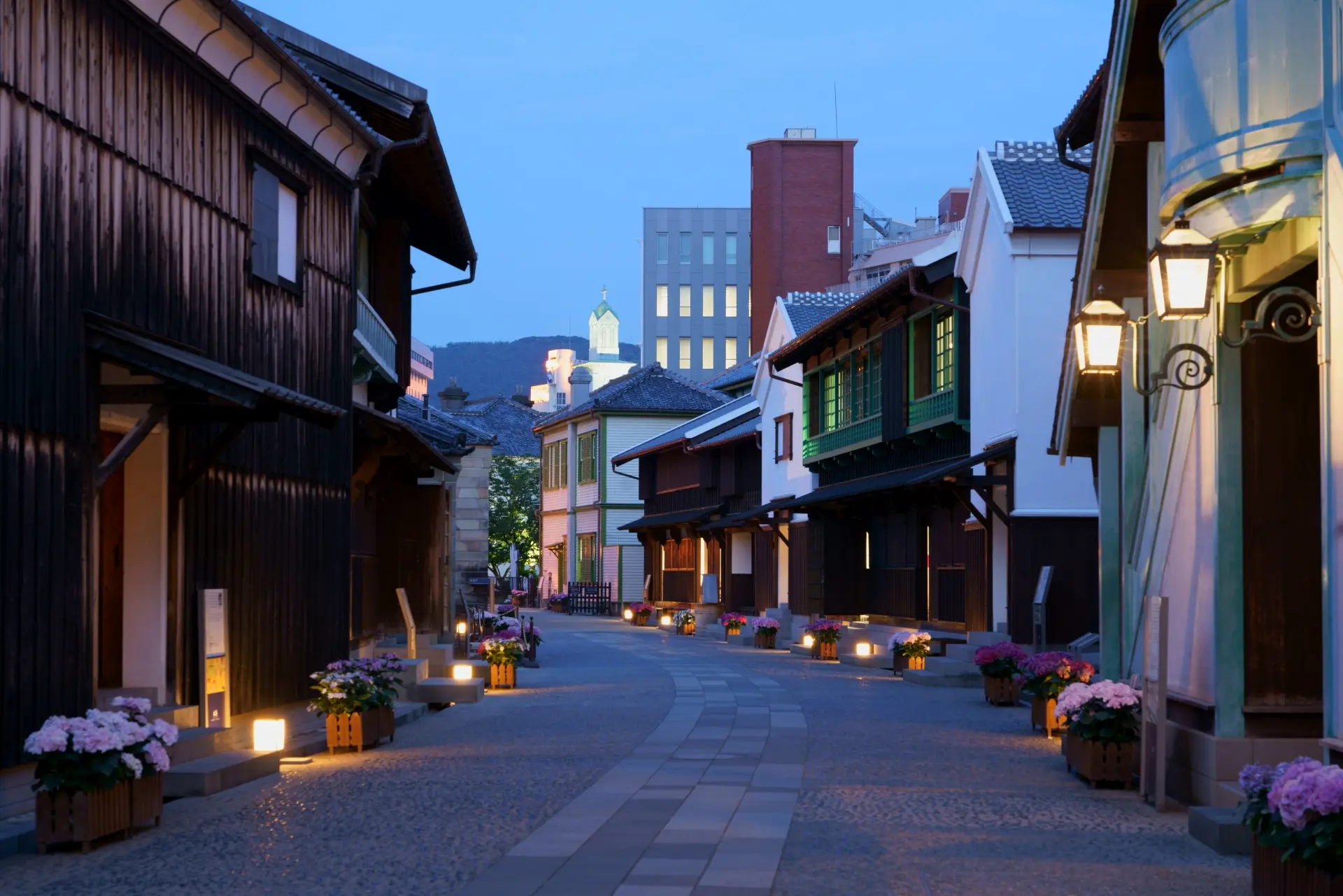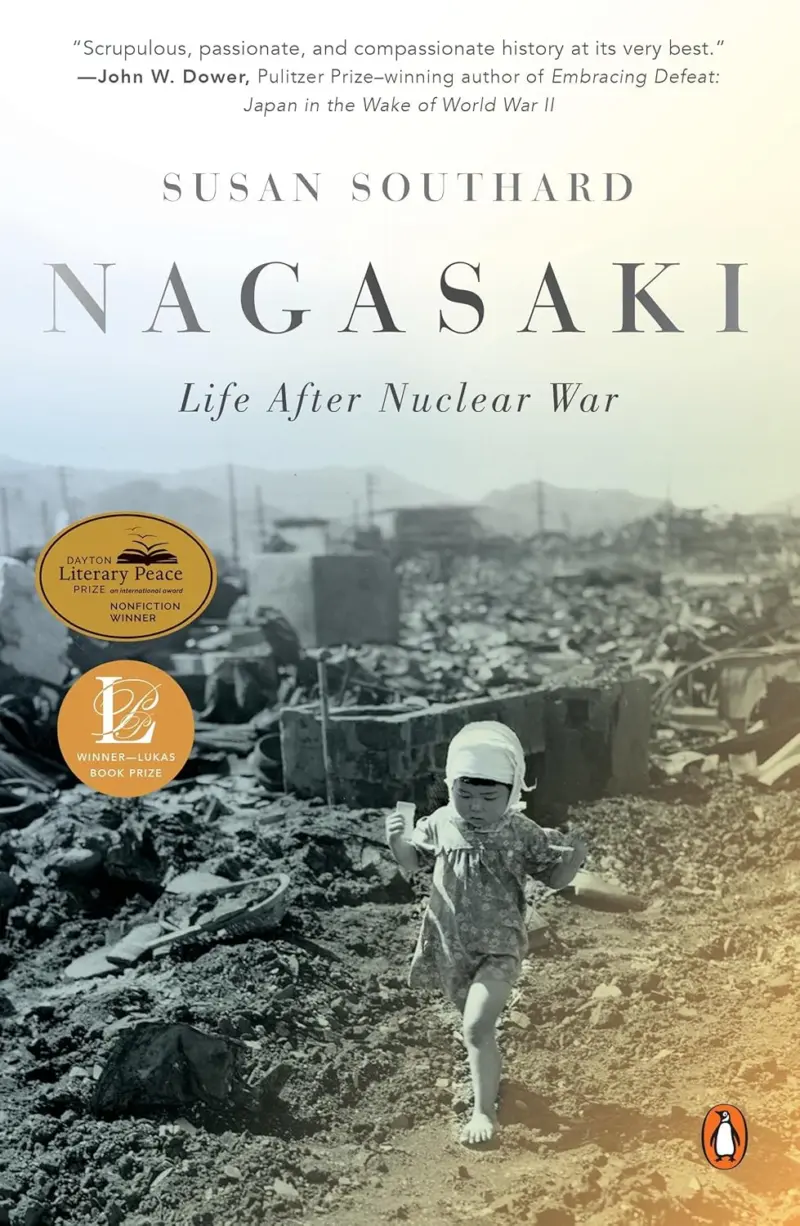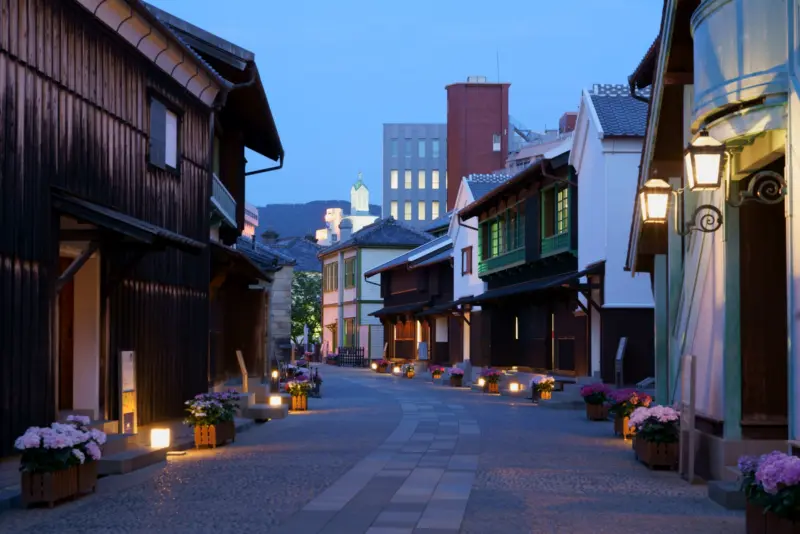
Nagasaki is a fascinating city that combines historical depth with cultural charm, making it an essential stop for travelers to Japan.
Whether you’re drawn by its poignant history or its scenic views, this two-day itinerary will help you make the most of your first visit to Nagasaki.
Day 1: History and Culture
Morning: Nagasaki Peace Park & Atomic Bomb Museum
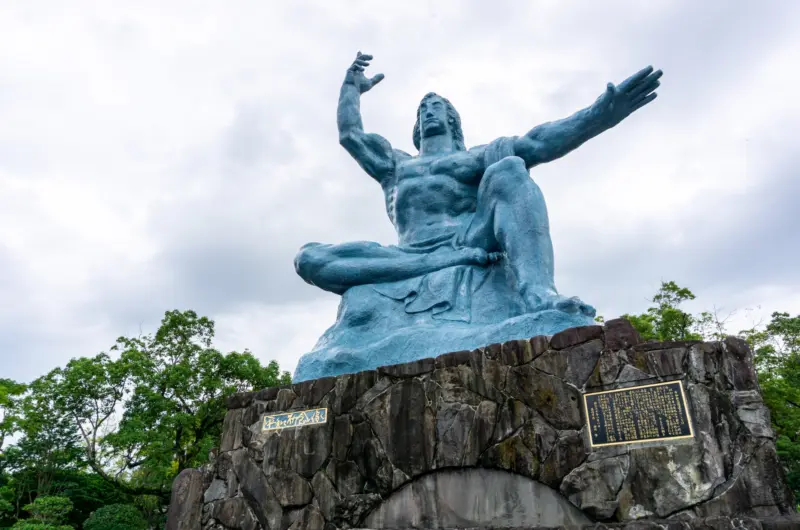
Start your journey with a visit to Nagasaki Peace Park, a moving tribute to the victims of the atomic bombing in 1945.
Stroll through the serene park, taking in the iconic Peace Statue, which symbolizes hope for global peace.
- Location: Matsuyama-machi, Nagasaki City
- Admission: Free for Peace Park; ¥200 (~$2 USD) for the Atomic Bomb Museum
- Opening Hours:
- Peace Park: Open 24 hours
- Atomic Bomb Museum: 8:30 AM – 5:30 PM
Pro Tip: Allocate about 2 hours to explore the museum and park at a leisurely pace.
Lunch: Local Delights
For lunch, try the famous Nagasaki Champon, a hearty noodle soup with seafood and vegetables.
Popular spots include Shikairo, known as the birthplace of Champon.
Afternoon: Dejima
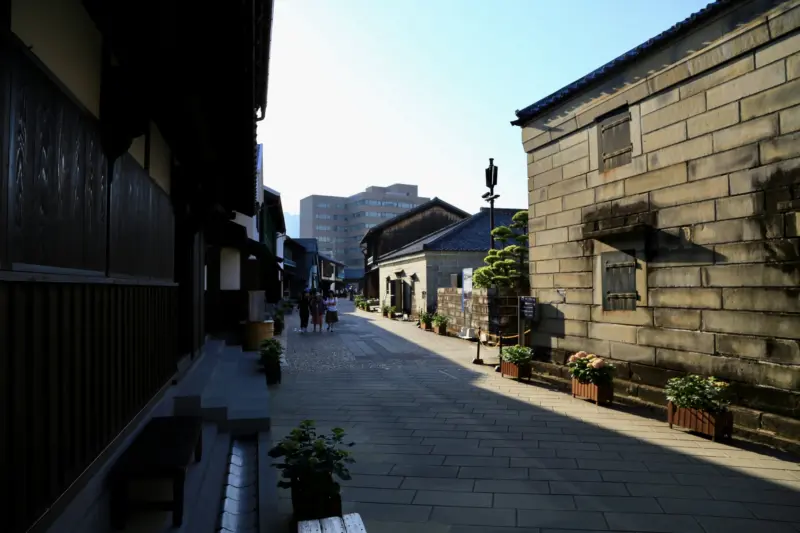
Step back in time at Dejima, a restored historical area that was once the sole gateway for foreign trade during Japan’s Edo period.
Learn about Nagasaki’s role in global commerce through the beautifully preserved buildings and exhibits.
- Admission: ¥520 ($5 USD)
- Opening Hours: 8:00 AM – 6:00 PM
- Official Site
- Google Map
Evening: Mount Inasa Night View
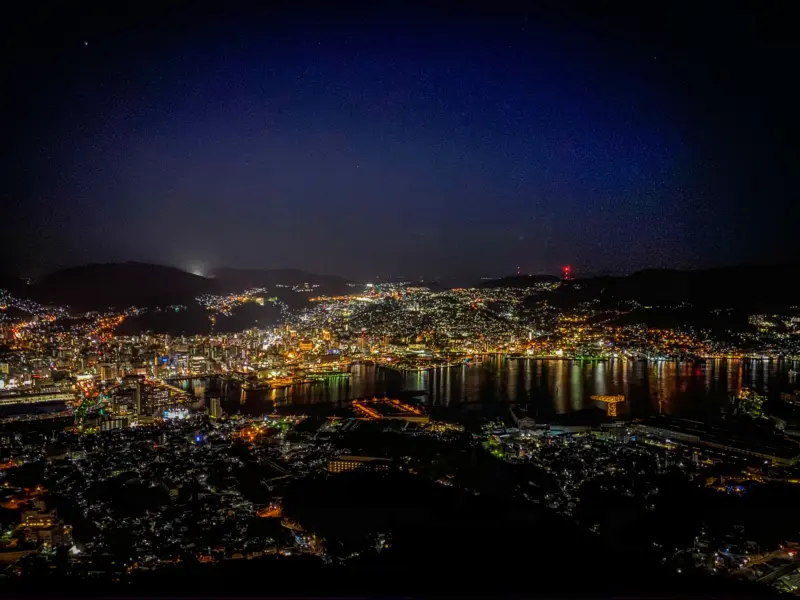
End your day with a breathtaking view of Nagasaki from Mount Inasa.
The glittering city lights are considered one of the top three night views in Japan.
- How to Get There: Take the Nagasaki Ropeway from Fuchi Shrine Station.
- Cost: Ropeway round trip: ¥1,250 (~$11 USD)
- Hours: 9:00 AM – 10:00 PM
- Official Site
- Google Map
Pro Tip: Arrive just before sunset to watch the city transition from day to night.
Day 2: Scenic and International Heritage
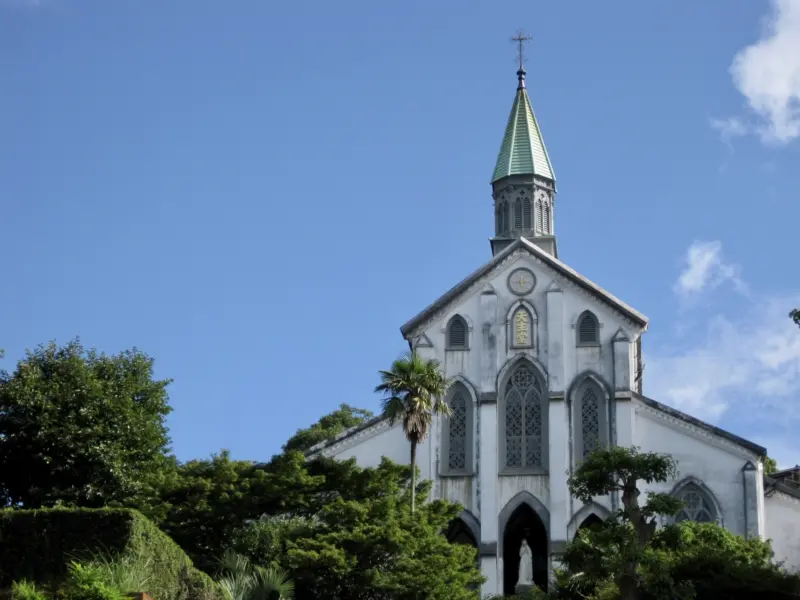
Morning: Glover Garden & Oura Catholic Church
Explore the open-air museum of Glover Garden, which preserves the elegant residences of foreign merchants from the Meiji period.
Nearby, visit Oura Catholic Church, the oldest standing Christian church in Japan.
- Glover Garden Admission: ¥620 (~$6 USD)
- Oura Catholic Church Admission: ¥1,000 (~$9 USD)
- Opening Hours:
- Glover Garden: 8:00 AM – 6:00 PM
- Oura Catholic Church: 8:00 AM – 5:30 PM
Highlight: Take a panoramic photo of Nagasaki Harbor from Glover Garden.
Lunch: Traditional Shippoku Cuisine
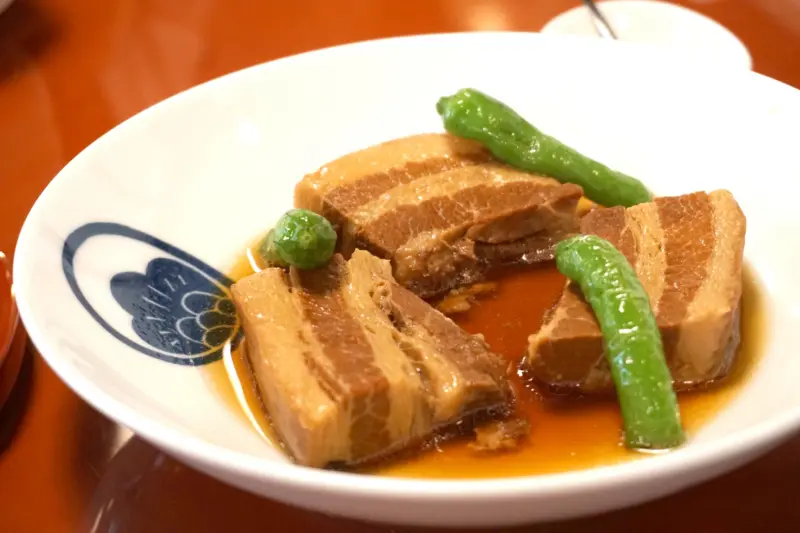
Indulge in Shippoku, a unique blend of Japanese, Chinese, and Western flavors.
Visit Hamakatsu, a historic restaurant known for its authentic Shippoku dishes.
Afternoon: Megane Bridge

After lunch, head to Megane Bridge, Japan’s oldest stone arch bridge. Its twin arches and reflection in the water create the illusion of spectacles, hence its name.
- Admission: Free
- Hours: Open 24 hours
Activity: Don’t miss the chance to take iconic photos and enjoy a leisurely stroll along the Nakashima River.
Evening: Nagasaki Chinatown Dinner
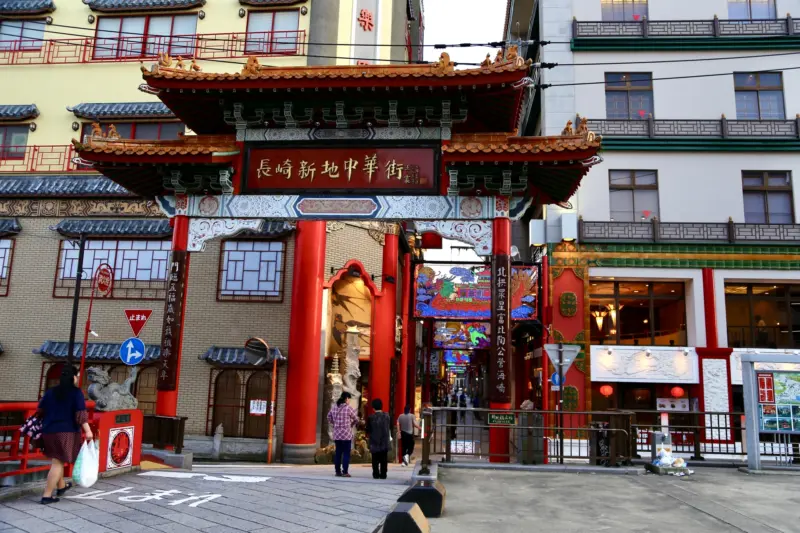
End your day with a delicious dinner in Nagasaki Chinatown, a vibrant area filled with authentic Chinese-inspired Japanese dishes.
Popular options include Nagasaki Champon, Sara Udon, and Pork Belly Buns.
To explore the best restaurants and learn more about Chinatown’s unique charm, check out our detailed guide here.
Travel Tips for Nagasaki
- Transportation: Use Nagasaki’s efficient tram system to navigate the city easily. A one-day tram pass costs ¥500 (~$4.50 USD).
- Best Time to Visit: Spring (March to May) and autumn (September to November) offer the most pleasant weather for sightseeing.
- What to Pack: Comfortable walking shoes and a light jacket for evening chills.
Frequently Asked Questions
Is 2 days enough to explore Nagasaki?
Yes, 2 days are sufficient to visit Nagasaki’s main attractions, experience its culture, and enjoy scenic views.
What is the best way to get around Nagasaki?
The tram system is the most convenient way to travel within Nagasaki. Taxis and buses are also available for specific locations.
What food is Nagasaki famous for?
Nagasaki is known for Champon noodles, Shippoku cuisine, and Castella cake, a Portuguese-inspired sponge cake.

